Research Article
Volume 2 Issue 6 - 2018
The Results of the Use of Drugs with Antiseptic and Osteosclerosis Properties of the Endodontic Treatment of Chronic Periodontitis
Department of pediatric dentistry of Novosibirsk state medical University, Novosibirsk, Russia
*Corresponding Author: Zheleznaya Anna Pavlovna, Department of pediatric dentistry of Novosibirsk state medical University, Novosibirsk, Russia.
Received: March 26, 2018; Published: April 03, 2018
Abstract
This study determined the clinical effectiveness of the treatment of destructive forms of chronic periodontitis using "Orgamax" and calcium-containing material "Metapex". The main group consisted of 60 patients (122 channels), which was held conservative endodontic treatment using "Orgamax". The comparison group consisted of 42 patients (92 channels), used the "Metapeks". Comparative osteodensitometry, carried out at different times, showed that the use of "Orgamax" in the treatment of destructive forms of chronic periodontitis is 23.8% more effective than the use of drugs based on calcium hydroxide.
Key words: Periodontitis; Endodontic treatment; Root canals; Osteoplastic preparations
Introduction
Despite significant progress in the prevention of major dental diseases, the prevalence of complicated caries remains high [1-3]. Chronic periodontitis among inflammatory diseases of the dent alveolar system is from 15 to 30% [4,5] and is the most common cause of tooth extraction. In addition, destructive forms of chronic periodontitis are a source of chronic infection, leading to a decrease in immunity, chronic somatic diseases [6]. The importance of the problem is due not only to the above, but also the complexity and complexity of endodontic treatment of chronic periodontitis, a high percentage of failures and complications and frequent lack of stability of treatment results in the long term [7-9].
The purpose of the study is the improvement and introduction of new methods of treatment of chronic periodontitis, which would allow to increase the efficiency of antiseptic treatment, adequate obturation of the root canal and the process of reparative tissue regeneration in the area of the hearth destruction of periapical tissues.
Material and Methods
To perform the tasks of the study, a clinical examination and dynamic monitoring of 98 patients with destructive forms of the apical were conducted periodontitis aged from 18 to 55 years. Two groups of patients were formed, homogeneous in age and sex. In the 1st group (n = 42) endodontic treatment of destructive forms of chronic periodontitis was performed using a paste "Metapeks", in the 2nd group (n = 60) – using the drug "Orgamax". More often there was a chronic granulating (48 observations) and granulomatous (43 observations) periodontitis, less often – cystogranulomas (11 observations). The multirooted teeth significantly prevailed. Overall, 102 of the treated teeth had 214 channels, treated with a paste "Metapeks" (92), and "Orgamax" (122 channels) (table 1, 2).
In the treatment of chronic periodontitis in 42 patients used the paste "Metapeks" on the basis of calcium hydroxide with the addition of iodoform. The method of treatment was as follows. After x-ray examination of the tooth, chemo mechanical processing of the root canal was performed using Step Back technique. After passing channel file or a. s. No. 10 (15) determined the working length with apex locator, confirm it radio graphically on the ray. Then ultrasonic processing of the root canal was performed through a 3% sodium hypochlorite solution, the root canal was washed with distilled water, dried with a paper adsorber and a channel filler, and the root canal was sealed with metapex paste. In this same attending did x-ray snapshot. After 3 months, a control x-ray examination was carried out. If the paste has dissolved, the channel pereplanirovana. After 6 months of starting treatment removed the pasta "Metapeks", perform ultrasonic treatment of the root canal using 3% sodium hypochlorite solution. Then was washed with distilled water, dried adsorber and sealed by the method of Laturalei condensation with sealer EN+. This visit restored coronal part of the tooth geliokompozitom.
In the 2nd group of patients (60 cases), chronic periodontitis was treated with zaapical removal "Orgamax", which has osteoinductive and antimicrobial properties, is biologically compatible, nontoxic, is easy to handle, accelerates the processes of reparative regeneration of the focus of bone destruction and restores the bone structure of the treated tooth. Method endodontic treatment of destructive forms of chronic periodontitis using" Orgamax" consisted in chemomechanical processing of root canal by Step Back technique.
After passing the channel is a file or a. s. No. 10 (15) determined the working length with apex locator, confirming it’s radiologically inserted into the root canal tool on the ray. Then ultrasonic processing of the root canal was performed through 3% sodium hypochlorite solution. Then the root canal was washed with distilled water and dried with paper adsorbers. Further, through root canal per root tip with the help of Canaanites carried out the removal of "Orgamax".
| Patients with chronic granulating periodontitis | Patients with chronic granulomatous periodontitis | Patients with cystogranulomas (5-8 mm) | ||||||||||||
| Number of teeth | number of channels | Number of teeth | number of channels | Number of teeth | number of channels | |||||||||
| 1 | 2 | 3 | 4 | 1 | 2 | 3 | 4 | 1 | 2 | 3 | 4 | |||
| 20 | 6 | 4 | 8 | 2 | 18 | 5 | 4 | 7 | 2 | 4 | 4 | - | - | - |
Table 1: Distribution of patients with chronic periodontitis treated with metapex paste (group 1) by the number of channels.
| Patients with chronic granulating periodontitis | Patients with chronic granulomatous periodontitis | Patients with cystogranulomas (5-8 mm) | ||||||||||||
| Number of teeth | number of channels | Number of teeth | number of channels | Number of teeth | number of channels | |||||||||
| 1 | 2 | 3 | 4 | 1 | 2 | 3 | 4 | 1 | 2 | 3 | 4 | |||
| 28 | 7 | 8 | 12 | 3 | 25 | 5 | 6 | 7 | 2 | 7 | 3 | 2 | 1 | - |
Table 2: Distribution of patients with chronic periodontitis treated with "Orgamax" (group 2) by the number of channels.
This manipulation was repeated 2-3 times. Then the root canal was sealed by the lateral conden methodsation with Siler an+. This visit restored coronal part of the tooth geliokompozitom. Clinical indicators were evaluated prior to treatment and through 3, 6, 12 months after obturation of root canals.
The effectiveness of the endodontic treatment in x-ray examination was visually evaluated on a 5-point scale (Vorobyov Yu. I., Maksimovsky Yu. M., 2001): 0 points-the destructive process is not stopped; 1 point-no reduction of the periapical destructive process; 2 points-reduction of the periapical process by 1/3; 3 points-reduction of the periapical process from 1/3 to 1/2; 4 points-reduction of the periapical process by more than 1/2; 5 points – full recovery of bone structure and formation of the cortical plate. In order to objectively assess the results of treatment, dental radiographs were studied by the method of comparative osteodensitometry, which allows to quantify the process of bone tissue restoration in the periapical region, according to the degree of mineral saturation of bone tissue. The relative optical density of the periapical destructive focus was determined in comparison with the reference area of the tooth root. For osteodensitometric studies have used software for digital scanning radiographic apparatus EYES is developed and produced in JSC "Institute of applied physics" (Novosibirsk).
Results and Discussion
After 3 months in patients of the 1st group, the relative optical density averaged 108, 24 ± 1,61, in the 2nd group – 68,71 ± 1,54. After 6 months after completion of treatment in patients of the 1st group, the figure was an average of 93.07 ± 1.28, in the 2nd group-an average of 24.67 ± 1.63. After 12 months in the 2nd group it was equal to 79 ± 0,98, and in the 1st group the average values of relative optical density were equal to 82,67 ± 1,65 (Figure 1).
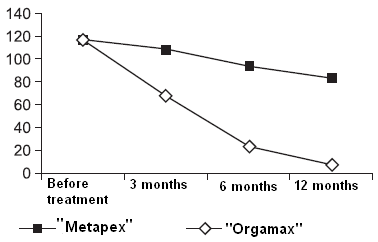
Rice 1: Dynamics of relative optical density of bone tissue in the focus of destruction in patients in different
periods of treatment of chronic periodontitis with the use of paste “Metapex” and “Orgamax”.
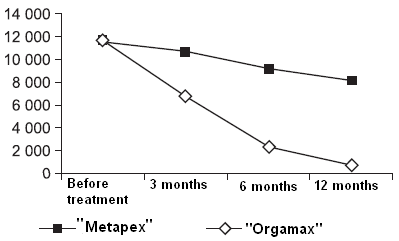
Rice 2: Dynamics of RD bone tissue in patients with destructive forms of chronic periodontitis
at different times when applying the paste “Metapex” and “Orgamax”.
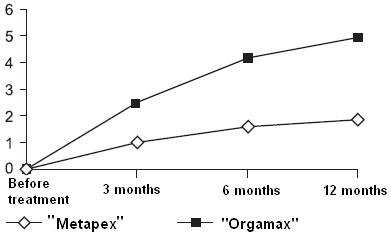
Rice 3: Dynamics of the average values of the point evaluation of the effectiveness of therapy in patients with
destructive forms of chronic periodontitis in the application of various methods of endodontic treatment.
| Group of patients | Parameter | |
| RRR1 | RRR2 | |
| 1 | 20,6 ± 2,5 | 29,6 ± 1,8 |
| 2 | 79,8 ± 1,2 | 93,4 ± 2,8 |
Table 3: Dynamics of the relative rate of reduction of bone tissue
(%) when applying the paste “Metapeks” and “Orgamax”.
The value of the destruction index (RD) of bone tissue of the periapical region after 3 months of observation (RD2) was lower in patients treated with zaapical removal of "Orgamax", compared with the group in which the paste "Metapex" was used (Figure 2). The indicator of degradation after 6 months (RD3) compared to RD2 was the lowest in patients who have been WEA weasand removing "Orgamax". Also noted the decline in 12 months (RD4) (see Figure 2). 3 months after the start of treatment in most patientsents (59.5%) of the 1st group of significant radiological dynamics of bone tissue was not noted. In 16.6% of patients (7 teeth) were observed further progressioreduction of periapical destructive process by 1/3 was observed in bone destruction in periapical region and only in 23.8% of cases (10 teeth). In the 2nd no further progression of the destructive process was revealed to the group of any patient. In 7.1% of cases (4 teeth) there was no significant radiological dynamics of bone tissue in the periapical region.
In 35,8% of cases (20 teeth) reduction of periapical destructive was revealed process 1/3, and in most patients (54.8%) there was a decrease in the size of the focus of destruction from 1/3 to 1/2 of the original. Reduction of periapical destructive focus by more than 1/2 was observed in 2 patients (3.5% of the total number of cases in the group). After 6 months, the progression of the destructive process in the periapical region was registered on control_x-rays in 5.9% of patients in group 1. At 41.2% of cases in this group, significant x-ray we did not observe the dynamics of bone tissue in the periapical region. Positive radiological dynamics was observed in 52,3% of cases: in 40,5% of cases - reduction of destruction focus by 1/3, in 11,8% of cases-from 1/3 up to 1/2 of the original dimensions.
In the 2nd group in most patients (50% of teeth) evaluation of treatment effectiveness was 5 points, in 37.5% of cases (21 teeth) was observed reduction periapicales destructive lesion more than 1/2. In 3.8% of cases in this group (2 teeth), the size of the center of destruction of the periapical region decreased from 1/3 to 1/2 of the original, in 8.9% of cases there was a reduction of the pathological center by 1/3. Evaluation of the effectiveness of endodontic treatment in this situation was 3 and 2 points, respectively.
After 12 months in the group "Orgamax" the relative number of patients, the effectiveness of treatment which was estimated by us at 5 points, was 92.9%, in other patients–4 points. In the 1st group in 47,6% of cases reduction of the focus by 1/3 of its initial size was achieved, in 23.8% of cases ranged from 1/3 to 1/2 of the initial size, 23.8% had no reduction, and 4.8% of patients had further progression of bone destruction tissue in the periapical region (Figure 3). For an objective assessment of the recovery processes in the periapical region on the basis of comparative osteodensitometry, we calculated the value of the relative index of bone tissue reduction through 6 (RRR1) and 12 (RRR2) months of observation (table 3). The most rapid reduction of destructive lesion in the periapical region (RRR1, RRR2) was observed in patients who underwent zapisannoe removing "Orgamax".
Thus, the treatment of chronic periodontitis with the use of "Metapex" paste for temporary obturation of root canals turned out to be long and laborious there were 3-4 visits and after 3-6 months led to the complete replacement of the periapical focus of destruction only in 63% of patients, in other patients the process remained at that level, and more often progressed. The use of "Orgamax" in the endodontic treatment of chronic periodontitis allowed to reliably carry out antiseptic treatment, to accelerate the regeneration of bone tissue and after 12 months to achieve complete ossification of the center of destruction of the periapical region in 92.9% of patients.
References
- Mitronin AV., et al. “Some aspects of the examination and treatment of apical periodontitis in gerontological practice”. Rossiyskaya stomatologiya 2.2 (2009): 30.
- Petrova TG., et al. “Use of antibacterial pastes at the endodontic treatment of destructive forms of chronic periodontitis”. Endodontiya Today 1 (2012): 36-40.
- Persson RE and Persson GR. “The elderly at risk for periodontitis and systemic diseases”. Dental Clinics of North America49.2 (2005): 279-282.
- Alimova MYa., et al. “Analysis of classification systems section Caries and its complications”. Endodontiya Today 2 (2008): 49-44.
- Kawase T., et al. “In vitro evidence that the biological effects of platelet-rich plasma on perio-dontal ligament cells is not mediated solely byconstituent transforming-growth factor-beta or platelet-derived growth factor”. Journal of Periodontology76.5 (2005): 760-767.
- Lacevic A., et al. “Bacterial aggregation in infected root canal”. Bosnian Journal of Basic Medical Sciences5.4(2005): 35-39.
- Alyamovskiy VV and Kurochkin VN. “Improvement Protocol directions on endodontic treatment using the dental microscope”. Endodontiya Today 3 (2010): 54.
- Maksimovskiy Yu M., et al. “Evaluation of the effectiveness of endodontic treatment of chronic apical periodontitis with application of materials containing mineral trioxide unit”. Endodontics today 1 (2007): 3.
- Wagenberg ВD. “Considerations in treatment planning of the periodontal patient”. Dentistry Today24.3(2005): 110.
Citation:
Zheleznaya Anna Pavlovna and Zheleznyi Pavel Aleksandrovich. “The Results of the Use of Drugs with Antiseptic and
Osteosclerosis Properties of the Endodontic Treatment of Chronic Periodontitis”. Oral Health and Dentistry 2.6 (2018): 493-498.
Copyright: © 2018 Zheleznaya Anna Pavlovna and Zheleznyi Pavel Aleksandrovich. This is an open-access article distributed under the terms of the Creative Commons Attribution License, which permits unrestricted use, distribution, and reproduction in any medium, provided the original author and source are credited.












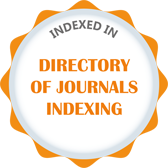
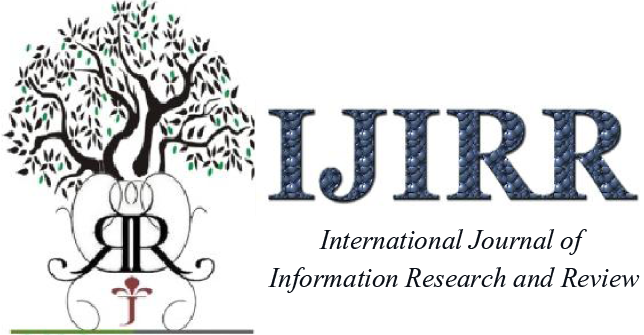



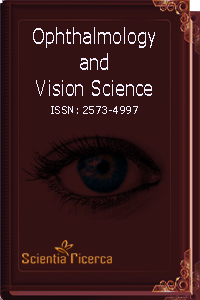
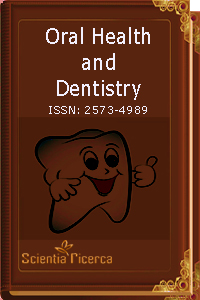
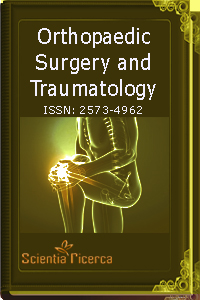

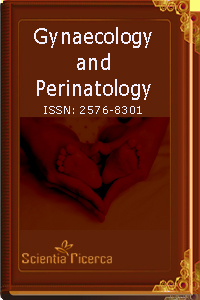
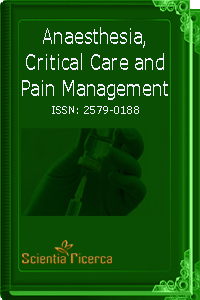
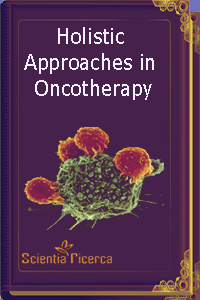
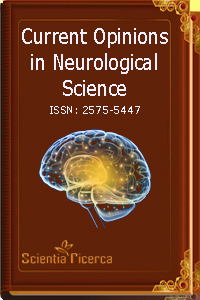
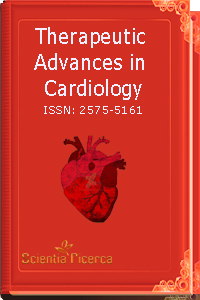
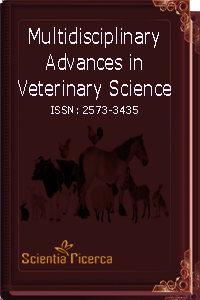
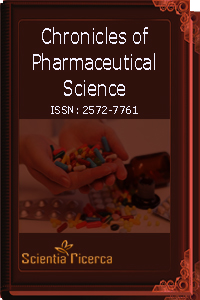
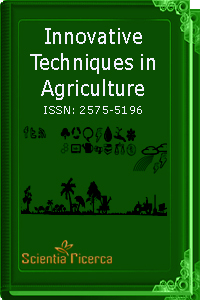
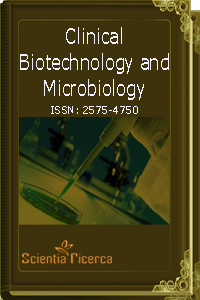
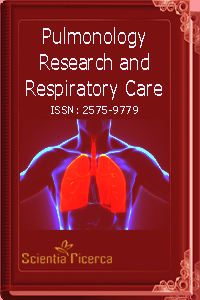
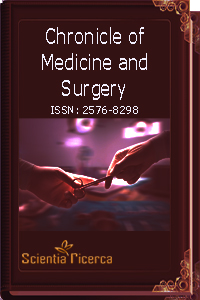
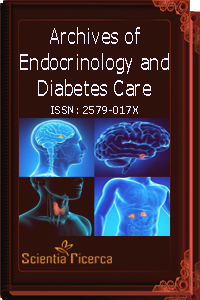
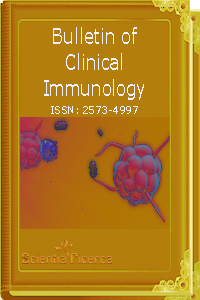
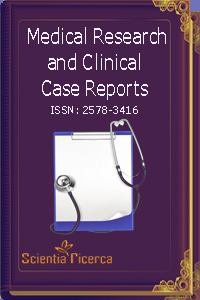
 Scientia Ricerca is licensed and content of this site is available under a Creative Commons Attribution 4.0 International License.
Scientia Ricerca is licensed and content of this site is available under a Creative Commons Attribution 4.0 International License.